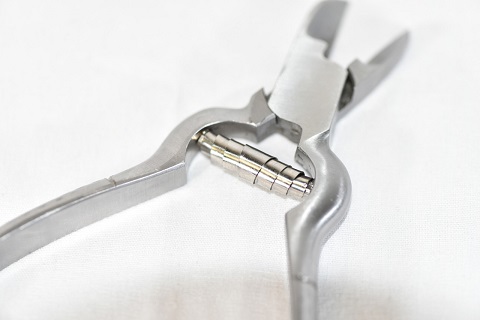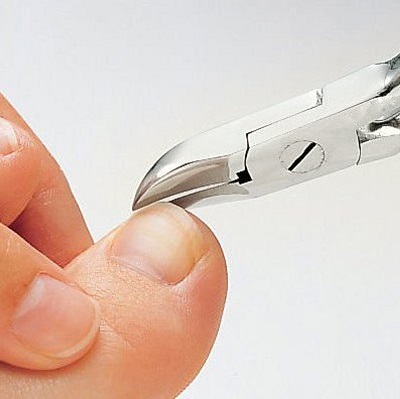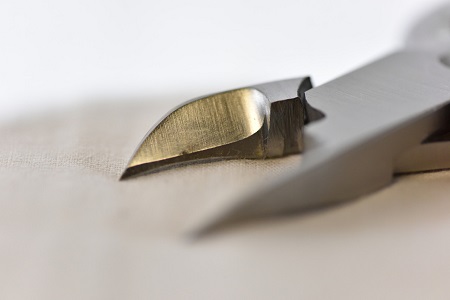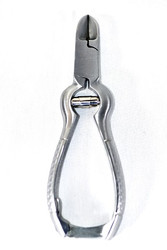Anatomy of Nail Nippers: Understanding Their Components
Aug 24th 2023
Personal grooming tools have a crucial role in modern times. Among those are the nail nippers, a pliers-like structure that stands out from the rest. With this small yet powerful tool, you can perform nail cutting much more accurately, efficiently, and smoothly.
But have you ever wondered what's inside? Let's understand the same in this post. We will examine its anatomy and discover each of its purposes.
The Handle
Let's start with the part you hold—the handle. Handle refers to the part of the nail nipper you grip with your hand. It provides the necessary leverage and control to maneuver the cutting edges and comes in various shapes, sizes, and materials.

The Pivot Joint
The pivot joint is the center point (fulcrum) that connects the two handles and blades. With this, the blade ensures you can perform the desired action easily and efficiently.
The Spring Mechanism
In some nail nippers, you may find a spring mechanism. Its job is to automate your work by bringing the blade back after cutting. In this way, the tool can be operated easily and quicker, making the process more convenient.
The Cutting Edges
The cutting edges form the main part of the nail nipper. From the name, it's easier to understand its functionality! However, it's important to note that sharper blades will produce cleaner cuts. Moreover, the high-quality stainless steel material ensures that the tool doesn't rust.

The Stopper
It forms a safety point to prevent the blades from opening wider than they should. Its major purpose is to prevent accidental overcutting that leads to pain or injury.
Conclusion
The nail nipper is not just a simple tool; it's a great example of thoughtful engineering and marvelous design. Each of its components, no matter how simple they seem, serves an intricate and vital purpose.
So, next time you see a nail nipper by WorkGlovesDepot, remember how amazing they are!
Thanks for tuning in! Stay tuned for more...

